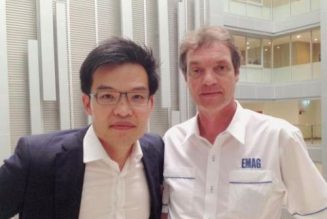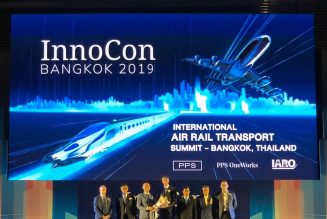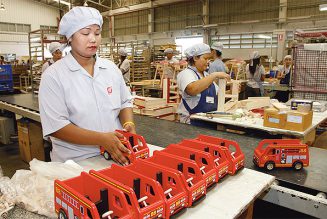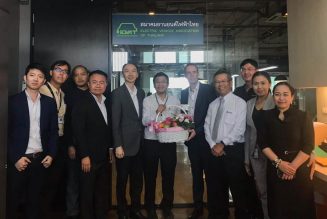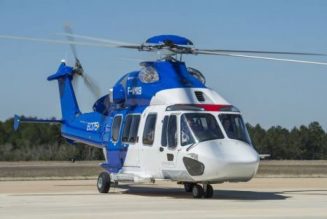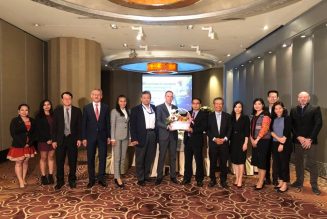The expansion of foreign investment in the aviation industry would also encourage the transfer of technology and expertise from abroad, said Hugh Vanijprabha, chairman of the TEBA’s Aerospace Committee and the new managing director of Rolls-Royce (Thailand).Incentives sought for aviation investment
THE THAI-EUROPEAN Business Association (TEBA) is urging the government to provide tax and non-tax incentives for foreign investors in order to put Thailand on the radar of the aviation industry, as the development of the sector would allow the country to tap into a huge global market.
Erich Parpart
The Nation October 24, 2014 1:00 am
Thailand already has a well-placed infrastructure in the automobile industry, which can be upgraded to support the expansion of the aviation industry in both the service and manufacturing sectors.
The expansion of foreign investment in the aviation industry would also encourage the transfer of technology and expertise from abroad, said Hugh Vanijprabha, chairman of the TEBA’s Aerospace Committee and the new managing director of Rolls-Royce (Thailand).
“Aerospace has a very long-term development cycle, which requires long-term incentives to attract people to invest in it. You cannot just use a credit card to start off the business, as it is capital-intensive, therefore the government could help support the capital cost to encourage the expansion of this industry,” he said.
Hugh urged the government to change its tax-break regulation for investment in aviation business from the current eight years, which is the shortest in the region, to match the standard of other countries at 12-15 years.
There should also be a tariff reduction on the import of raw materials used in the manufacturing of aero parts, such as titanium, and other non-tax incentives such as free rent for property that is used to develop aviation technology, and innovation grants, he added.
“There is a need to develop an ecosystem that would support the aviation industry and its manufacturing capability, to encourage foreign investors who have expertise in this field to invest their money here. Because if you cannot bring in raw materials as it is too expensive to do so, and if the land is also expensive, you will not facilitate aero investment here,” he explained.
Hugh said the industry – covering civil as well as military aerospace – was truly a global sector, in which 68,000 aircraft are expected to be delivered worldwide over the next 20 years.
Its manufacturing and overhaul activities are high-value-added product and service businesses, which the Kingdom needs to support the development of its manufacturing and export sector, he stressed.
Asia-Pacific is the biggest growth region in terms of air-traffic distribution, with 29 per cent of the world’s revenue passenger kilometres (RPKs) belonging to Asia, a level that is expected to double that of Europe and North America (both 20 per cent) by 2031, at 40 per cent. RPKs measure the volume of passengers carried by airlines.
“Asia-Pacific is the biggest growth region for aviation business and air-traffic demand, because of how the countries are connected in this region, which is mainly by air or sea transport, while countries in Europe and the United States are more connected via land.
“So there is more of a requirement in this region for growth in the aviation market,” said the TEBA chief.
He said there were four main sectors within the aerospace sector that Thailand could tap into: manufacturing; maintenance, repair and overhaul services; commercial airlines; and airport business.
The current and most obvious opportunity that can be seen for the Kingdom is airport business, since the country has around 38 airports. Most of them have not been fully utilised and can be upgraded from local to regional airports to support the expected increase of air travel in the region following the launch of the Asean Economic Community next year, he said.
“The more people land here, the more tax you can collect, the more fuel you can sell, the more duty-free products can be sold to passengers. If [for example] there are passengers coming from Indonesia or Australia, there is no reason why they shouldn’t be stopping in Khon Kaen to further do business in that sub-region, instead of disembarking in Bangkok, if the airport is up to par with the regional standard. Therefore we need to find a way to market this [type of] airport so that people can utilise it,” he said.
For more visit: http://www.nationmultimedia.com/

